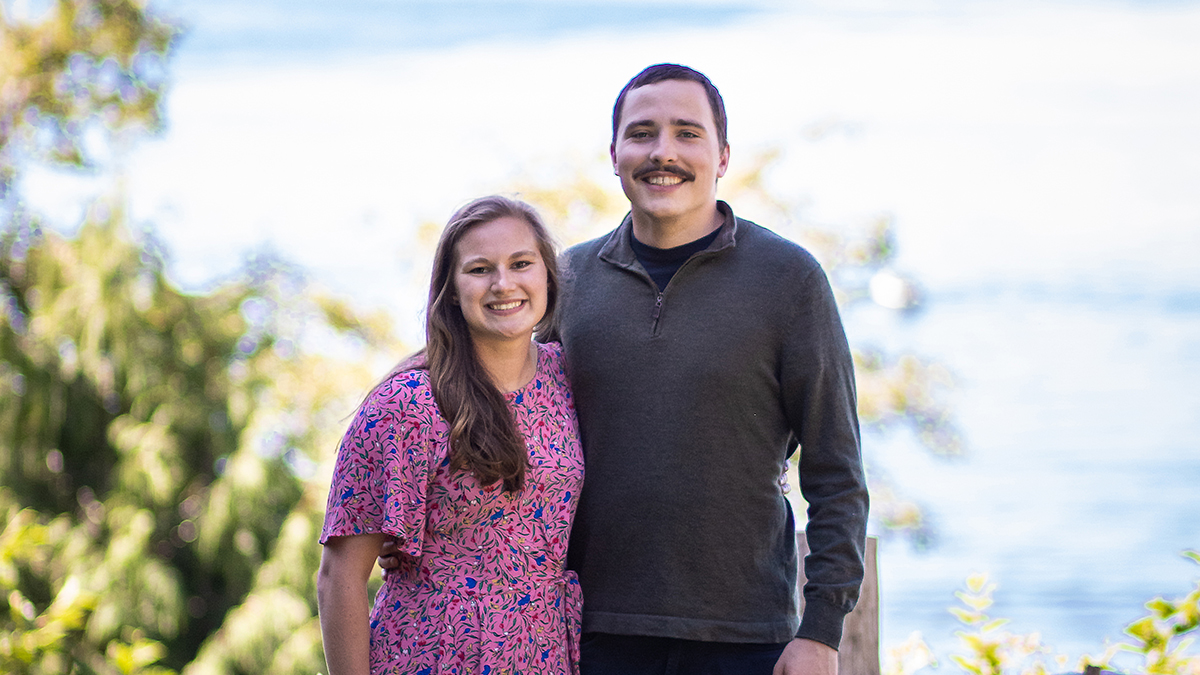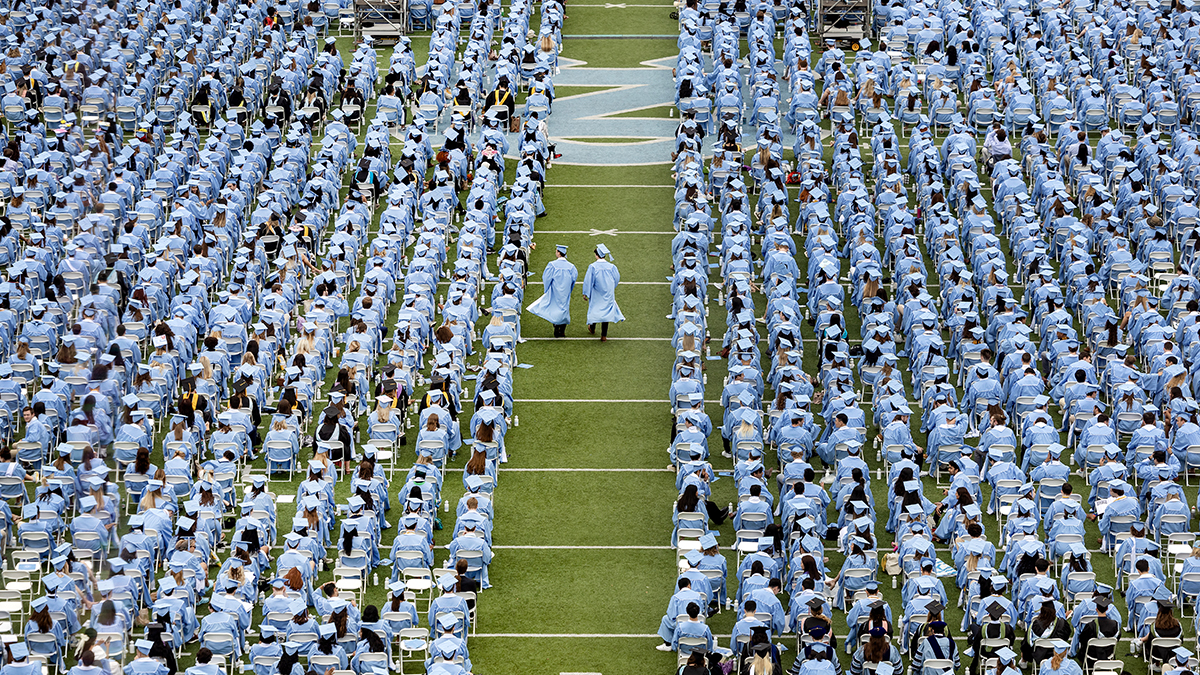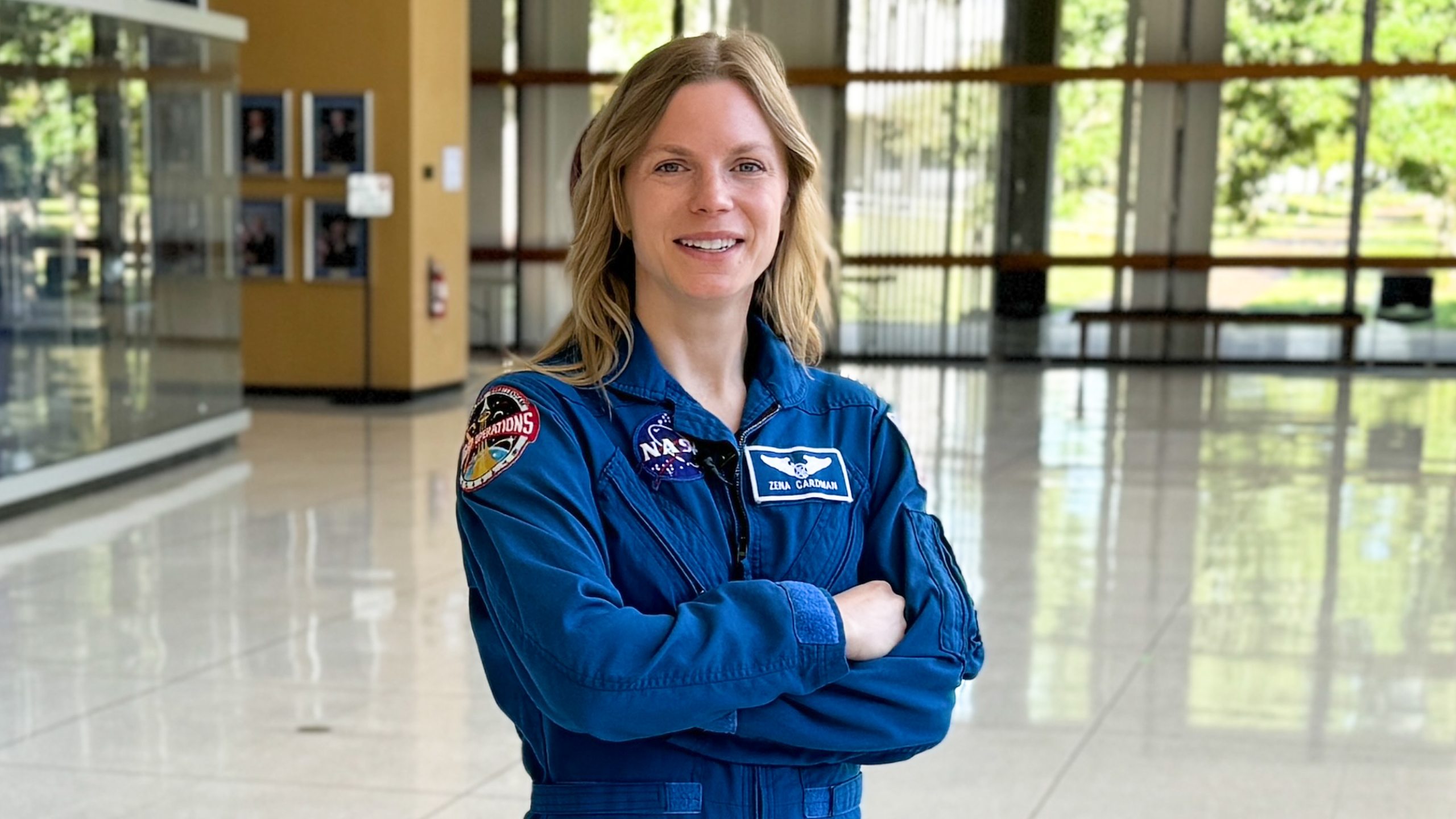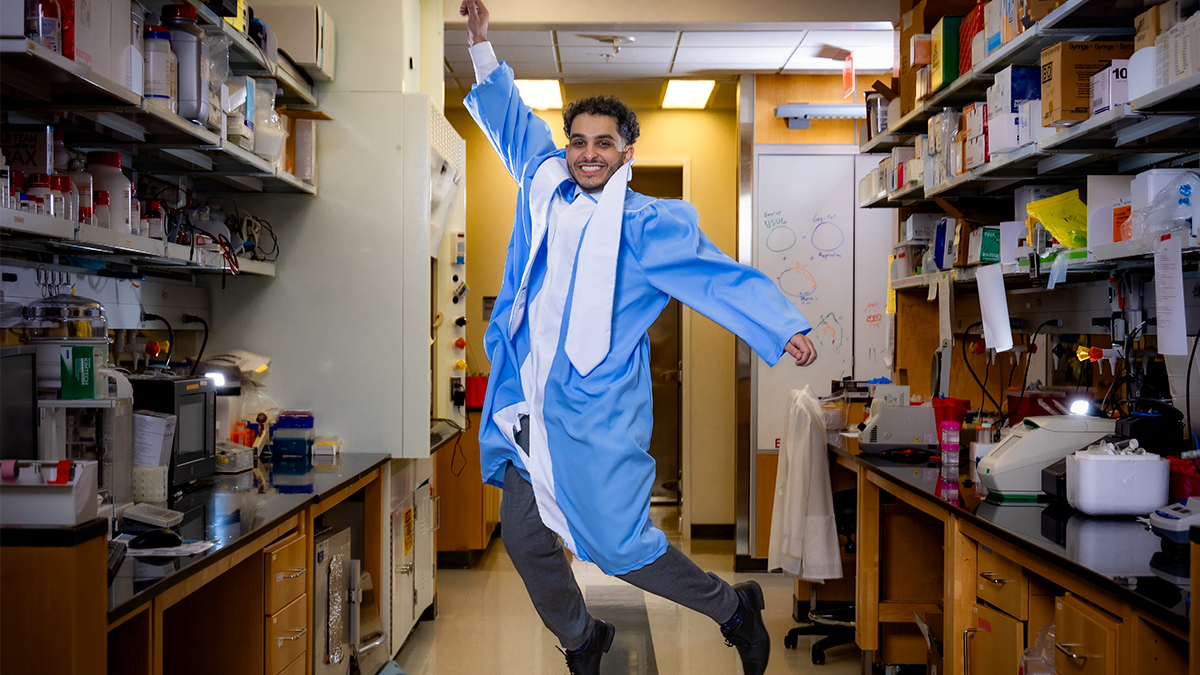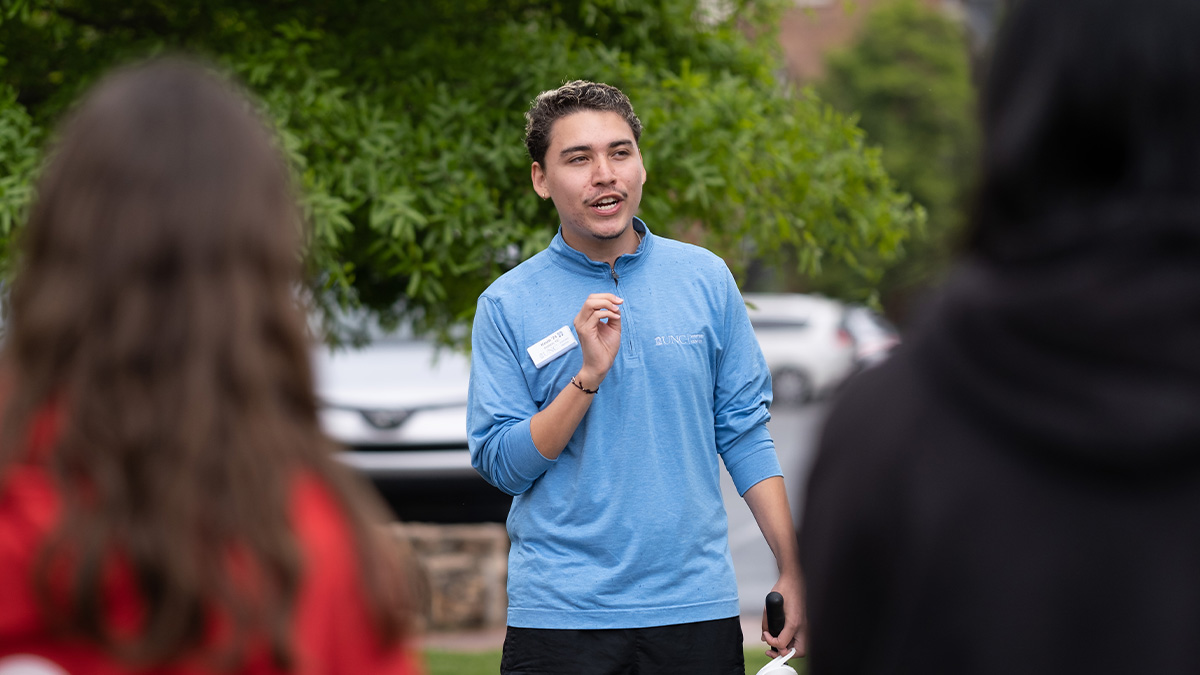Returning the favor
Bruce Cairns is assisting Special Forces medics with educational and career-development opportunities through the Advanced Medic Instructor Training program – a program that paved the way for the UNC School of Medicine’s Physician Assistant program.
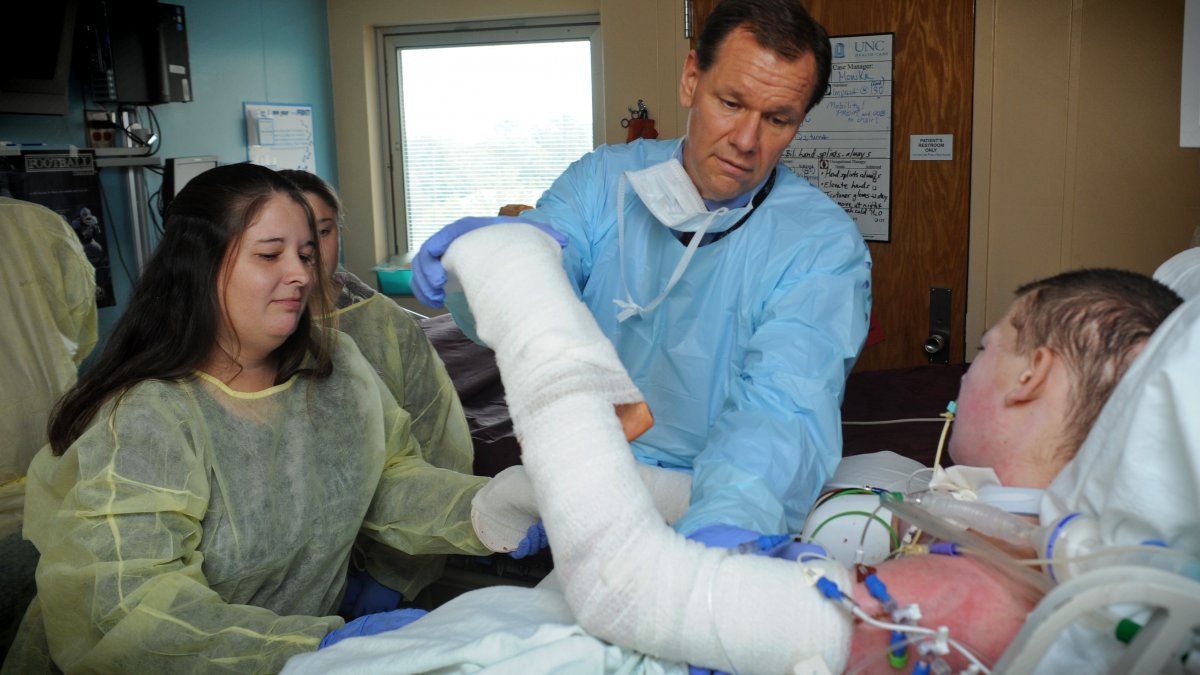
Guam was a new experience for Bruce Cairns, who grew up in Chapel Hill, completed his undergraduate degree at Johns Hopkins, medical degree at the University of Pennsylvania, and surgery residency and trauma and critical care fellowships at UNC Medical Center. But it was a welcomed one.
As a Lt. Commander in the Navy, Cairns served as a general surgeon on active duty at the U.S. Naval Hospital on Guam, where he was introduced to Chamorro culture and gained greater appreciation for the history of the island, which featured prominently in conflicts ranging from the Spanish-American War to World War II to the Vietnam War.

Bruce Cairns (Photo by Max Englund, UNC Health Care)
For Cairns, who serves as John Stackhouse Distinguished Professor of Surgery at the UNC School of Medicine, Director of North Carolina Jaycee Burn Center at UNC Medical Center, and Chair of the Faculty at the University of North Carolina at Chapel Hill, Guam also helped him become a better physician and team member.
In Guam, he performed complex medical procedures, including vascular surgeries, that were not in his primary general surgical practice – and some that were entirely outside his practice such as craniotomies. He worked through natural disasters, including Super Typhoon Paka’s 230 mile-per-hour winds that left the island without power for two and a half weeks. Perhaps most career-changing, he treated victims of Korean Air Flight 801, a 747 airplane with 254 people on board that crashed on Guam in 1997 due to pilot error, hitting a fuel pipeline and bursting into flames.
Within two hours, 20 beds in the 25-bed Naval Hospital were filled with passengers in need of immediate care.
“Six months earlier we had done a disaster drill on the island and talked about our greatest fear,” says Cairns, who was the only team member with burn-treatment experience. “The greatest fear was an airplane crash with a significant number of burn patients because we had no capacity to take care of them. Six months later our fear was realized when the plane crashed.”
In that moment, but also more generally as a physician in Guam, Cairns learned to react quickly under challenging circumstances and to rely on everyone on the team.
“I learned an awful lot about myself as a surgeon, as a physician, and as a colleague,” he explains. “But I also had a chance to learn more about being a buddy and working together – in particular working with physician assistants and surgical technicians. We had people assisting in the operating room that had only six weeks oftraining. I was used to working with residents who had been training for years. In Guam, with all these different people working together without the experiences and resources you’d find at home, I gained an enormous appreciation for the military.”
To keep reading, please see UNC Health Care: http://news.unchealthcare.org/news/2015/march/returning-the-favor
